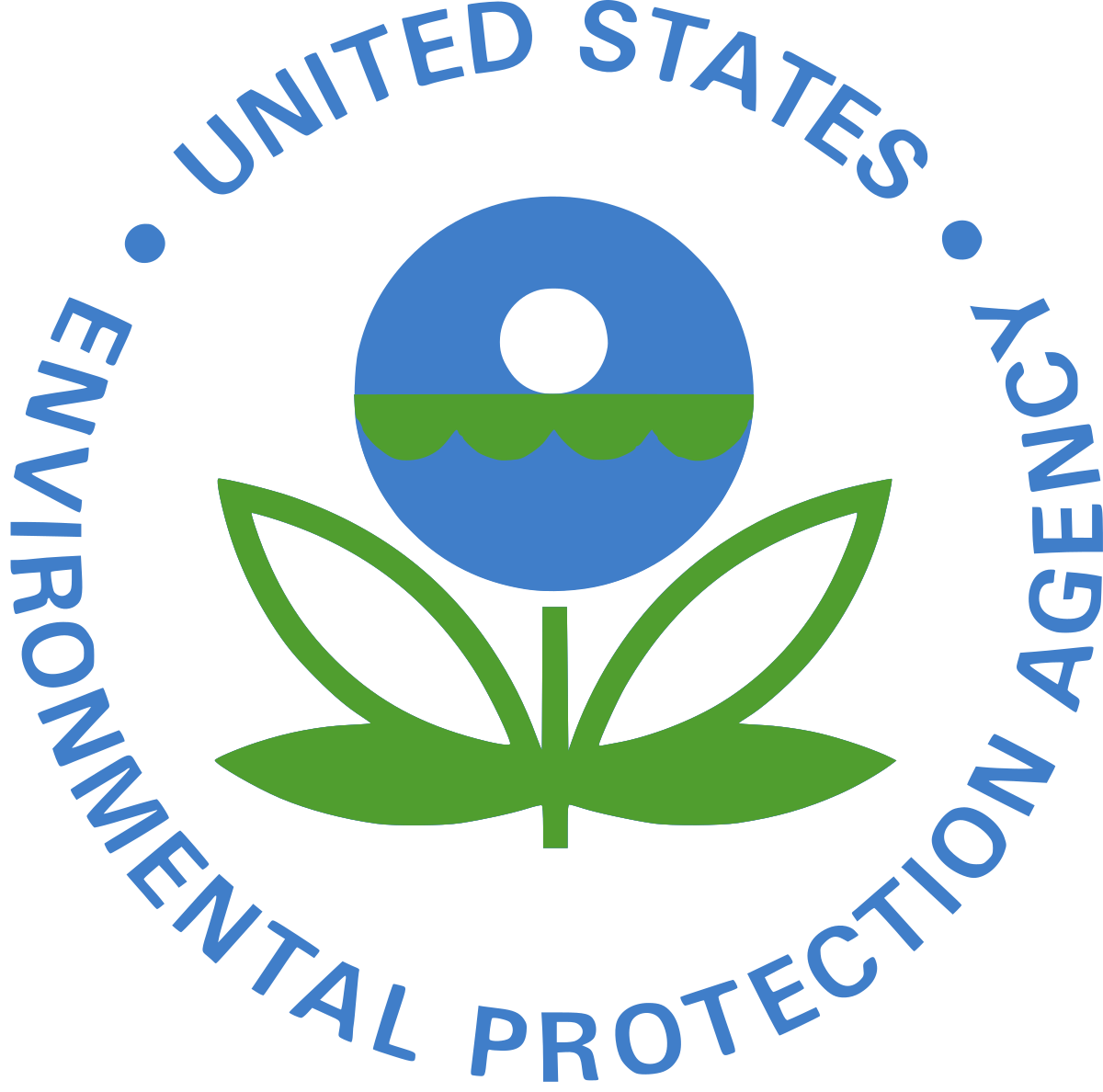The United States Environmental Protection Agency (USEPA) recently updated the results of the Fourth Unregulated Contaminant Monitoring Rule (UCMR 4), a rule that requires public water systems to monitor drinking water for 30 contaminants. The UCMR 4 applies to public water systems that serve more than 10,000 people, as well as 1,600 public water systems that serve populations of 10,000 or less. The USEPA is gathering results for 30 metals, pesticides, semi-volatile organic chemicals, and other contaminants from January 2018 through December 2020.
The USEPA uses the UCMR program to collect data for contaminants that are suspected to be present in drinking water, but do not currently have regulatory standards. The USEPA says it is monitoring identified contaminants to understand the frequency and level of occurrence of unregulated contaminants in the nation’s public water systems. Every five years the USEPA develops a new list of UCMR contaminants, largely based on the Contaminant Candidate List (CCL). The next UCMR list is slated to be released in 2022.
The UCMR plays a role in the annual Consumer Confidence Report (CCR) requirement. The annual report is due by July 1 and must include an explanation of unregulated contaminants and their presence in drinking water, as well as a table summarizing data on detected regulated and unregulated contaminants. Systems serving a population greater than 10,000 people will need to publish the CCR on a semi-annual frequency.
You may access the USEPA’s most recent UCMR 4 list here. Please contact Nate Weisenburger, AE2S Drinking Water Practice Leader, if you have questions about the UCMR 4.

